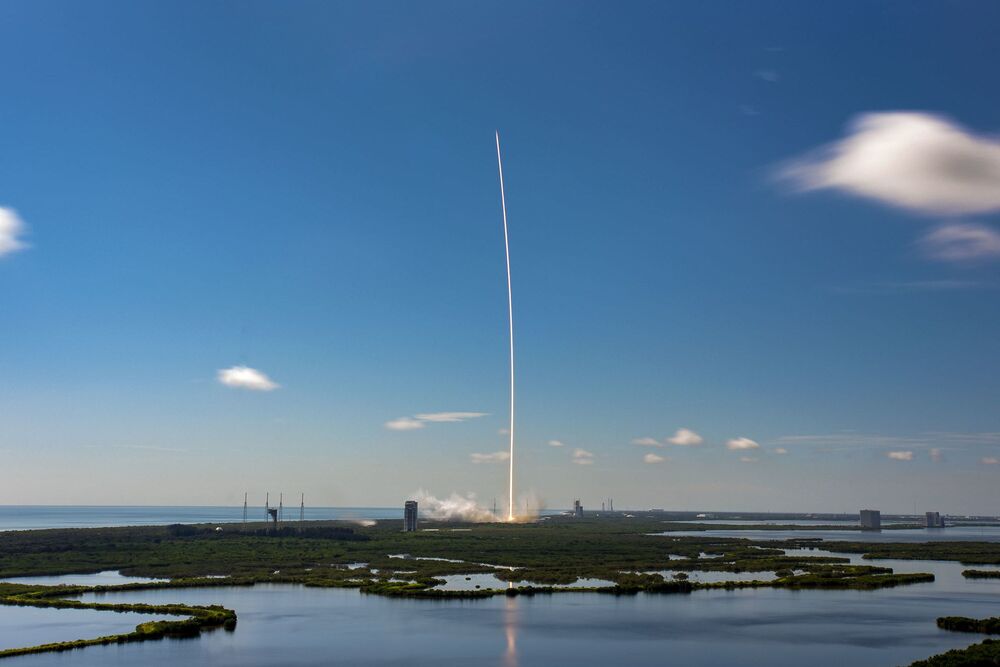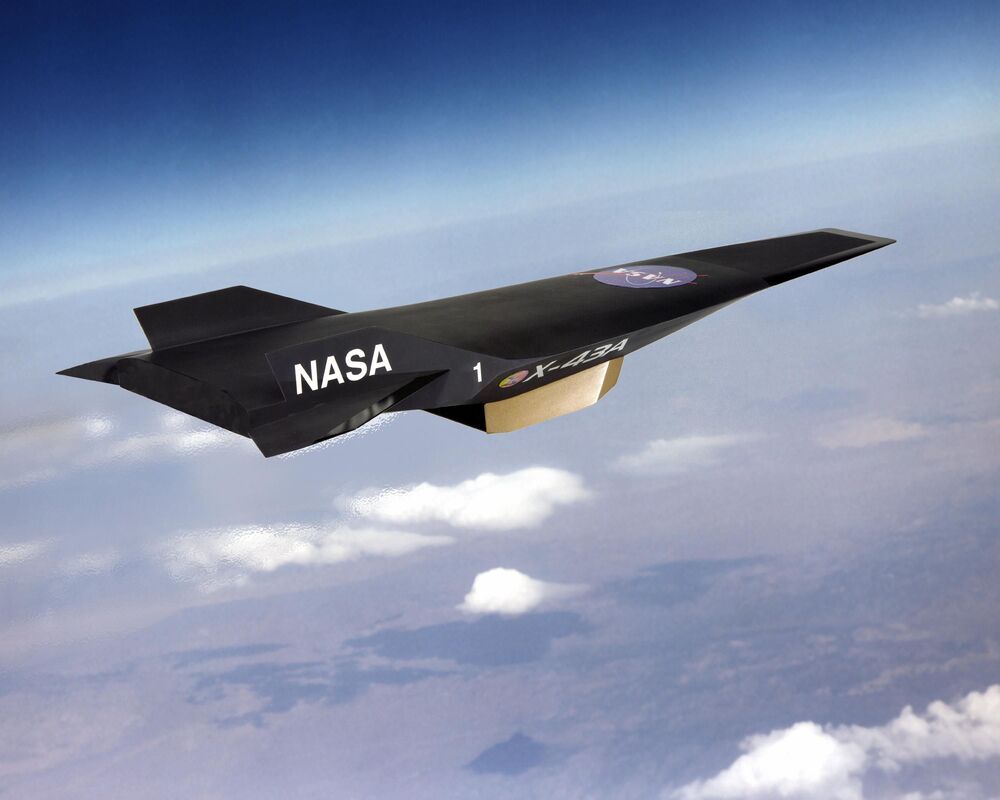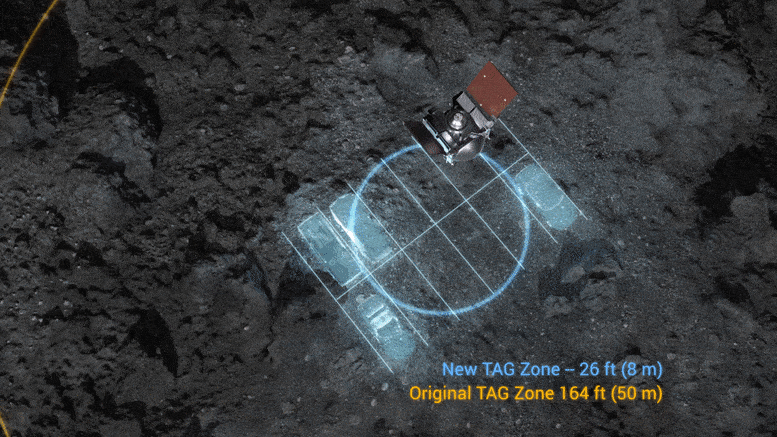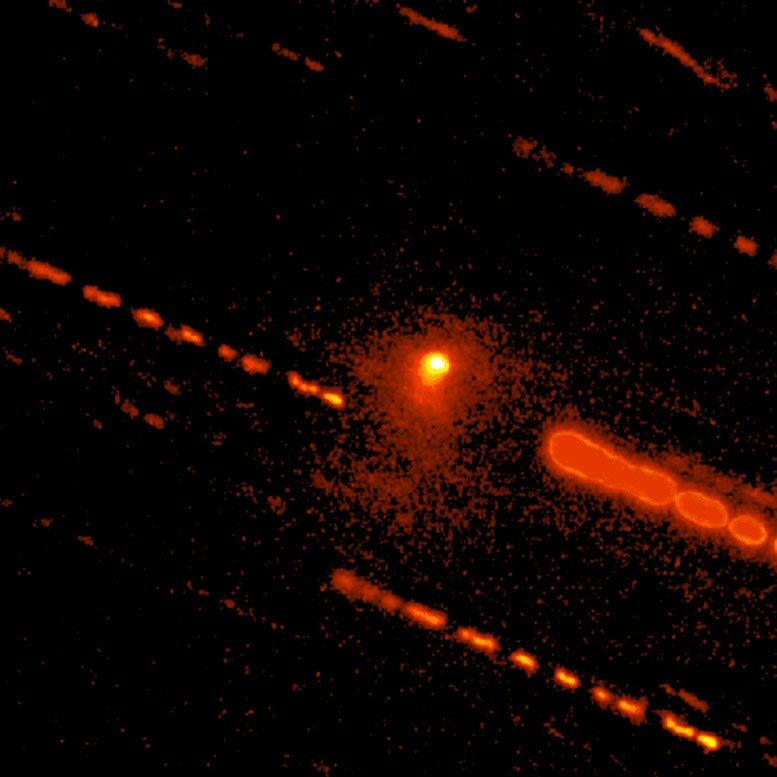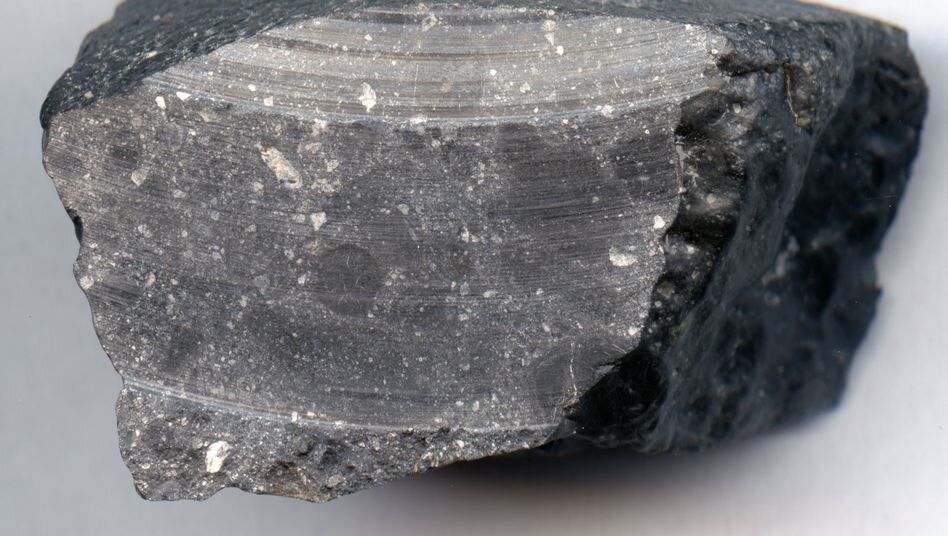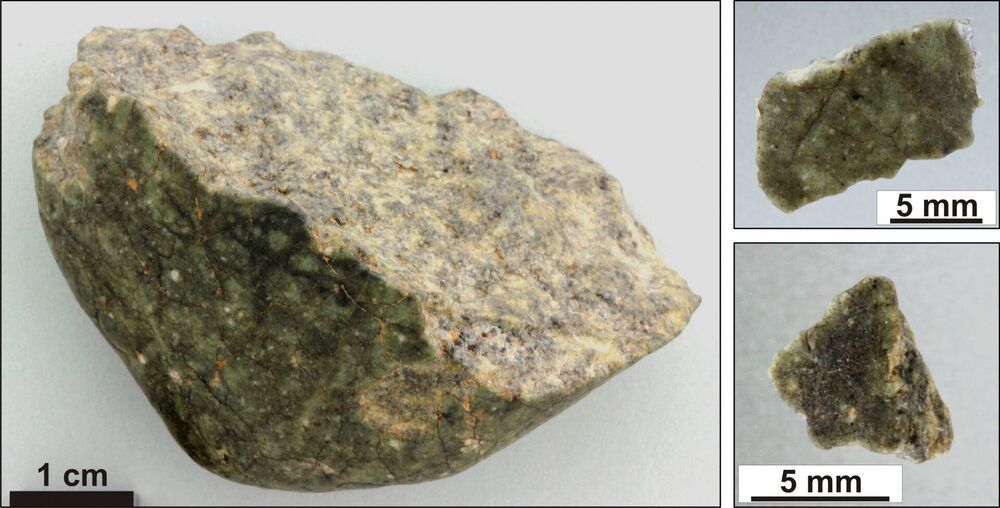Nov 9, 2020
SpaceX gets $29 million Space Force contract for surveillance of non-military launches
Posted by Genevieve Klien in categories: military, space, surveillance
WASHINGTON — SpaceX was awarded a $29.6 million contract under the National Security Space Launch Phase 2 contract that allows the U.S. Space Force to monitor and study data from the company’s commercial and civil space missions.
The one-year contract “provides early integration studies and fleet surveillance for non-national security space missions,” said the Space Force contract announcement Nov. 9.
Fleet surveillance includes access to proprietary “tools, systems, processes and launch site activities developed by the launch service provider for non-national security space missions,” said the Space Force.
